News and Award
About CMUH
Small wound and fast recovery, “Robotic Guidance Arm Total Knee Replacement” is a popular topic in Cross-Strait orthopedics new technology forum
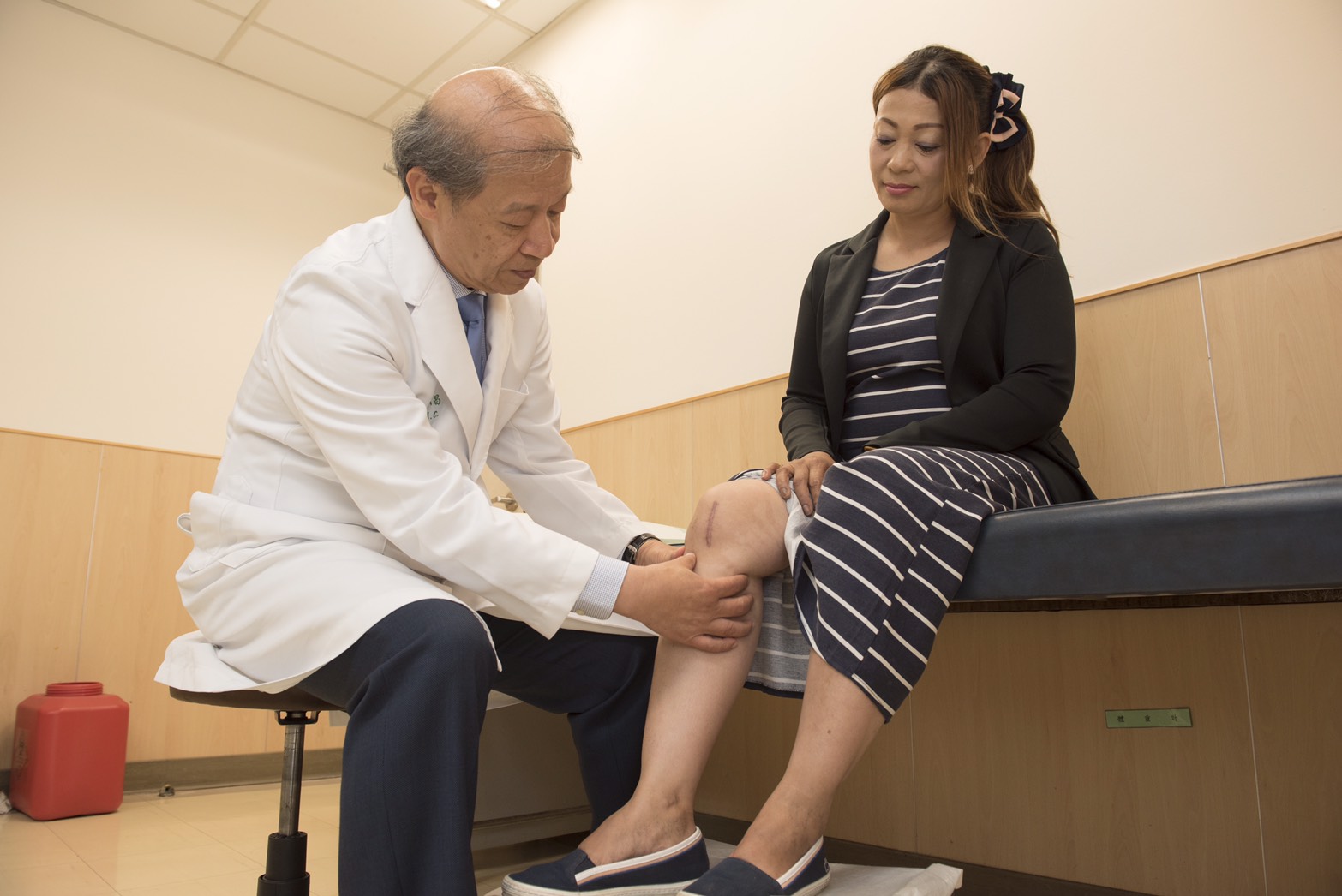
Medical statistics show that “age” is the most powerful risk factory in “degenerative arthritis.” For the general public, patients aged under 45 year old account for 2%, patients aged between 45 and 64 years old account for 30%, and patients aged over 65 years old account for nearly 70%. In the debut of Cross-Strait orthopedics new technology forum at China Medical University Hospital on the eve before Mother’s Day, Department of Orthopedics Director and Professor Horng-Chaung Hsu will personally demonstrate the robotic guidance arm total knee replacement. Horng-Chaung Hsu suggests that orthopedic surgery has reached a new milestone in recent years. The advancement of technology offers an additional eye and arm for orthopedists to precisely execute surgeries, using navigated aids, 3D printing technology and robotic arms as well as other advanced technologies to effectively shorten the recovery period of patients.
42-year-old Vietnamese woman, Bi, working in traditional industries, has suffered from massive pressure on her knees for a long period of time due to work overload, which results in her “Degenerative (osteoarthritis) arthritis on the knees ” and she was forced to replace her joint. Another case is a 64-year-old Japanese male, Kumi, who also suffered from the same disease for years. These patients have taken the advantage brought by new technology due to the execution of robotic guidance arm joint replacement. They patients were able to get off the bed on the day of surgery and returned to their work soon.
Medical robots assist physicians to accomplish the true “customized knee joint replacement”
Medical robots have constantly reach breakthrough in development while the interactive robotic guidance arm system specifically designed for joint replacement provides pre-surgical computer planning for orthopedists in order to incorporate the most suitable artificial knee joint size and position of placement for patients. During the surgery, immediate 3D bone imaging of patients and the parameters of knee joint kinematics allow orthopedists to timely adjust or confirm the pre-assigned position for prosthesis. The surgery is conducted in full compliance with the condition of the patient’s knees, thereby truly accomplishing the “customized knee joint replacement.” Even for patellofemoral joint with extremely high difficulty, the surgery can precisely bur the area of damage with small wound and high precision that substantially preserve health bones, so that patients will quickly and naturally move the knee joints after surgery. Such surgery is highly recognized by the medical field and patients of degenerative arthritis. In international cases, nearly over 98% of patients can return home on the day of surgery and restore to their previous lifestyle in 3~4 weeks.
Development of international medical exchange and cooperation through diversified models.
CMUH is committed to the development of international medical treatment through diversified models. In this Cross-Strait Orthopedics New Technology Form to be held on this Saturday (5/13), participating physicians from hospitals in all provinces and cities in China will visit Taiwan and study. Teaching and live robotic guidance arm joint replacement will be shown in the forum so that more physicians will be able to observe the execution of surgery immediately in order to benefit more patients in the future.
Robotic Guidance Arm Surgery:
- Preserving healthy bones and tissues.
- Small wound from minimally invasive surgery for a fast recovery period.
- Preserving the anterior/posterior cruciate ligament for more natural knee joint kinematics.
- However the expenses are higher.
|
Total Knee Replacement (Minimally Invasive Surgery) |
Robotic Guidance Arm Surgery | |
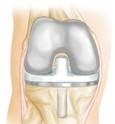 |
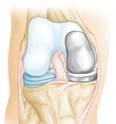 |
|
| Average No. of Days for Hospitalization | 3 - 7 Days | 1 - 3 Days |
| Average Recovery Period | 6 - 8 Weeks | Approx. 2 Weeks |
| Average Wound Size | 8 - 12 cm | 5 - 8 cm |
| Introduction to Surgery | Excising damaged and health bone/tissues | Only burring damaged bone/tissues |
| Level of Recovery | < 130 degree (Simple bending activities such as going up and down the stairs) |
< 155 degree (high-bending activities such as squatting and kneeling down) |
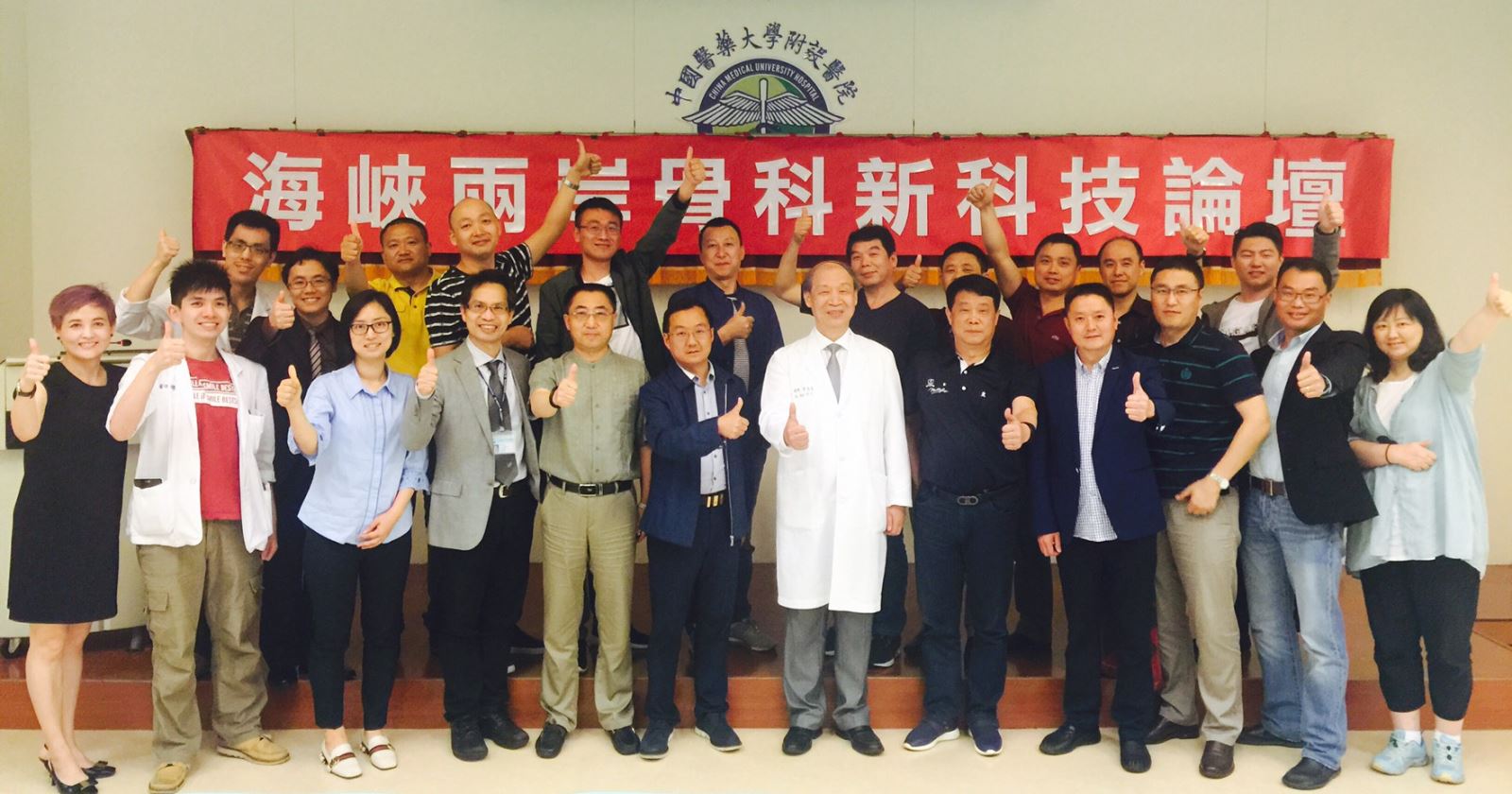
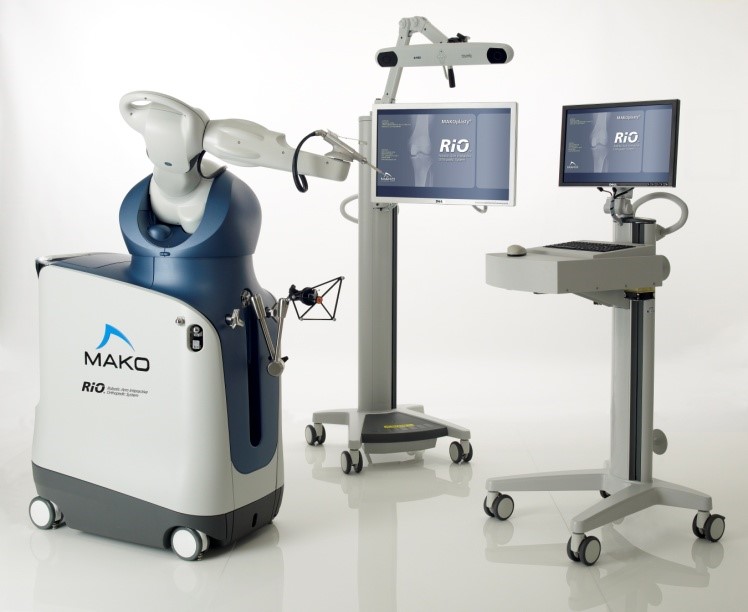
關節置換機器人手臂
CMUH Department of Orthopedics Director and Professor Horng-Chaung Hsu



